Cairo's Timeless Treasures Unveiled
Embark on a captivating journey through Cairo’s history and culture on this free walking tour, revealing ancient wonders and modern landmarks.
Time
3 Hours
Stops
6 Places
Distance
5.5 km
The Egyptian Museum
Begin your journey through Cairo's rich history at The Egyptian Museum, home to an extensive collection of ancient Egyptian antiquities, including the treasures of Tutankhamun.
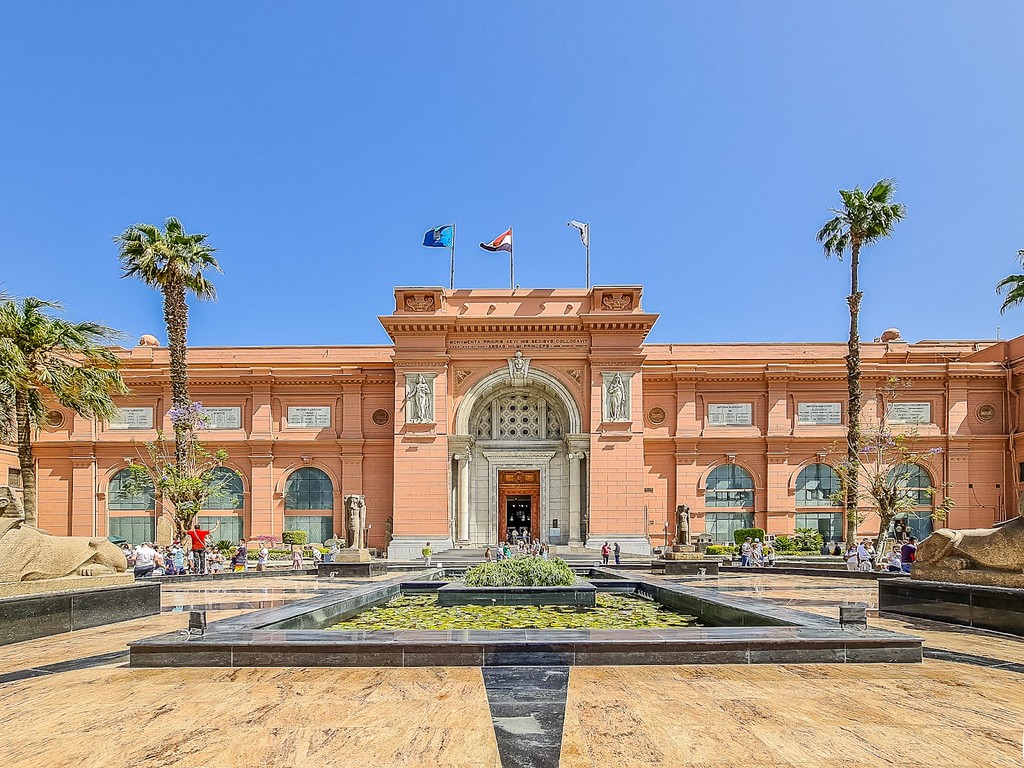
The Egyptian Museum (Source: Google Maps)
The Egyptian Museum in Cairo is a treasure trove of ancient artifacts, housing over 120,000 items, including the famous treasures of Tutankhamun. Established in 1902, the museum showcases the rich heritage of Egypt, from the pre-dynastic period to the Greco-Roman era. Visitors can marvel at the intricate mummies, vast collections of jewelry, and monumental sculptures that reflect the artistic brilliance of ancient Egyptian civilization. The museum's architecture, designed by French architect Marcel Dourgnon, features a grand entrance with a large courtyard, allowing for an immersive experience into the world of ancient Egypt. The museum not only serves as a repository of artifacts but also as a cultural hub for education and research, making it a must-visit for anyone interested in the history of one of the world's oldest civilizations.
Tahrir Square
Just a short walk from the museum, Tahrir Square is a pivotal location in modern Egyptian history, known for its role in the 2011 revolution.
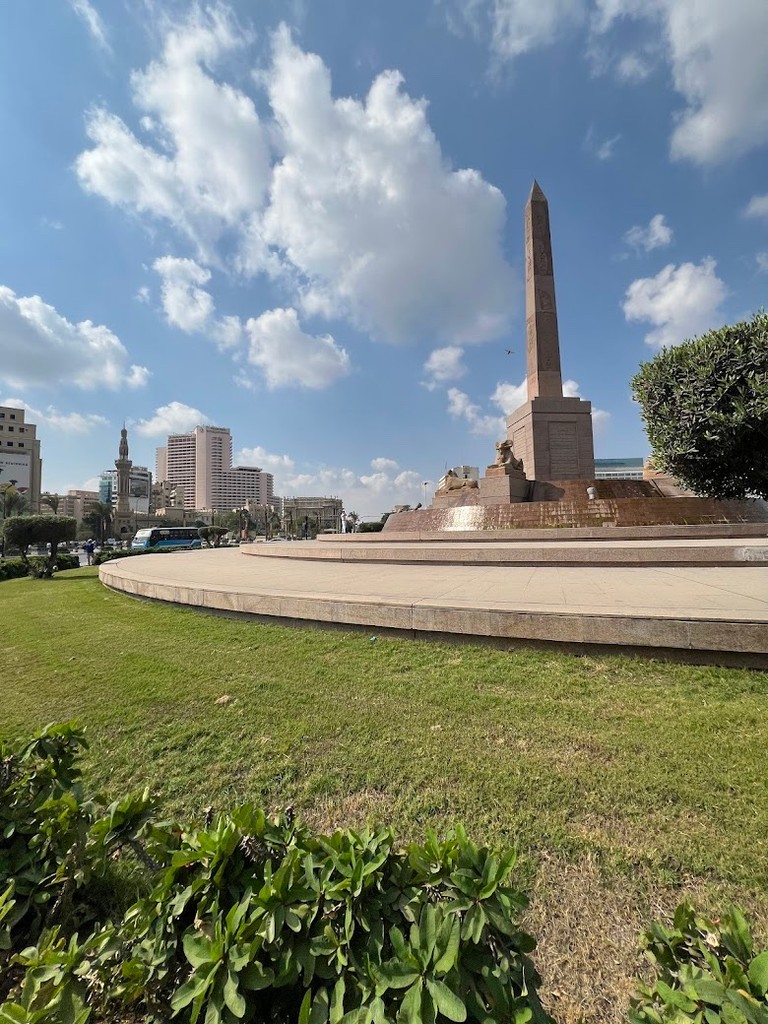
Tahrir Square (Source: Google Maps)
Tahrir Square is a historic site in Cairo known for its significant role in Egyptian politics and social movements. Often referred to as the heart of Egypt, it gained global attention during the 2011 revolution, when thousands gathered to demand political change and social justice. The square is surrounded by important buildings, including the Egyptian Museum, and has been a site for numerous protests and celebrations throughout Egypt's history. Its name translates to 'Liberation Square,' symbolizing the struggle for freedom and democracy. The square is not only a focal point of political activity but also a cultural landmark, hosting various public events, festivals, and gatherings that reflect the vibrant spirit of the Egyptian people. Tahrir Square represents the resilience and determination of a nation striving for progress.
Abdeen Palace
Continue your exploration by visiting Abdeen Palace, one of the most luxurious palaces in the world and a symbol of the royal era in Egypt.
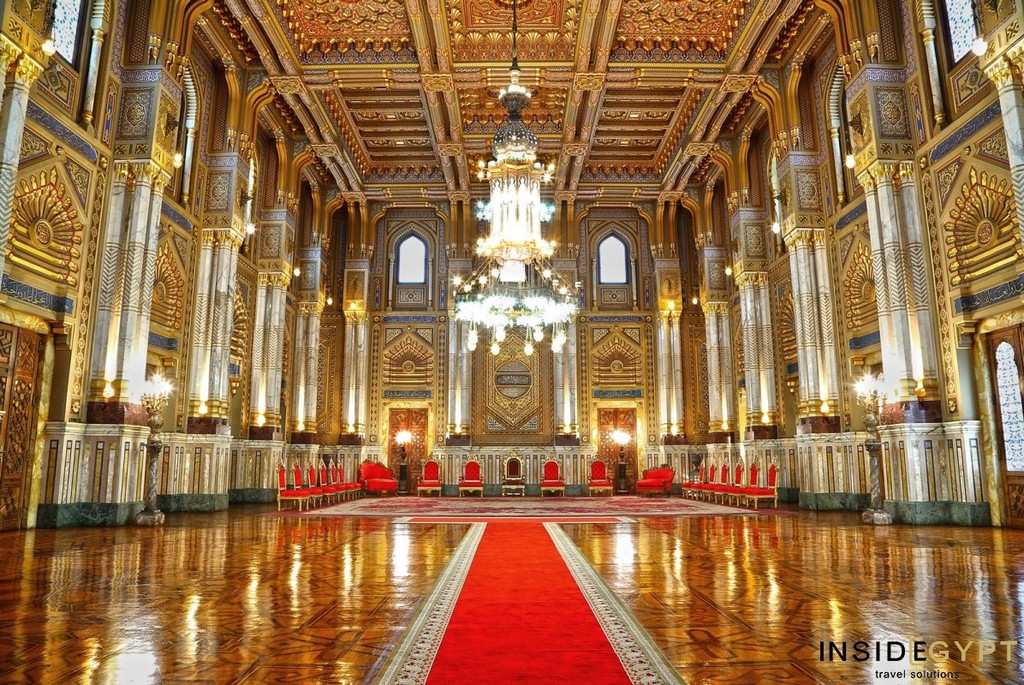
Abdeen Palace (Source: Google Maps)
Abdeen Palace, a magnificent royal palace in Cairo, was built in the 19th century and served as the official residence of the Egyptian monarchs. It is renowned for its opulent architecture and lavish interiors, showcasing a blend of neoclassical and Islamic styles. The palace features stunning gardens, grand halls, and an impressive collection of artifacts, including royal gifts and historical memorabilia. The palace has witnessed significant events in Egyptian history, including the declaration of the Republic in 1952. Today, it functions as a museum, allowing visitors to explore the rich heritage of the Egyptian monarchy and the lifestyle of its rulers. The palace's architecture is marked by intricate details, including ornate ceilings, gilded decorations, and exquisite furnishings, making it a remarkable representation of Egypt's royal past.
Al-Rifa'i Mosque
Adjacent to the Sultan Hassan Mosque, Al-Rifa'i Mosque is a stunning example of modern Islamic architecture, housing royal tombs.
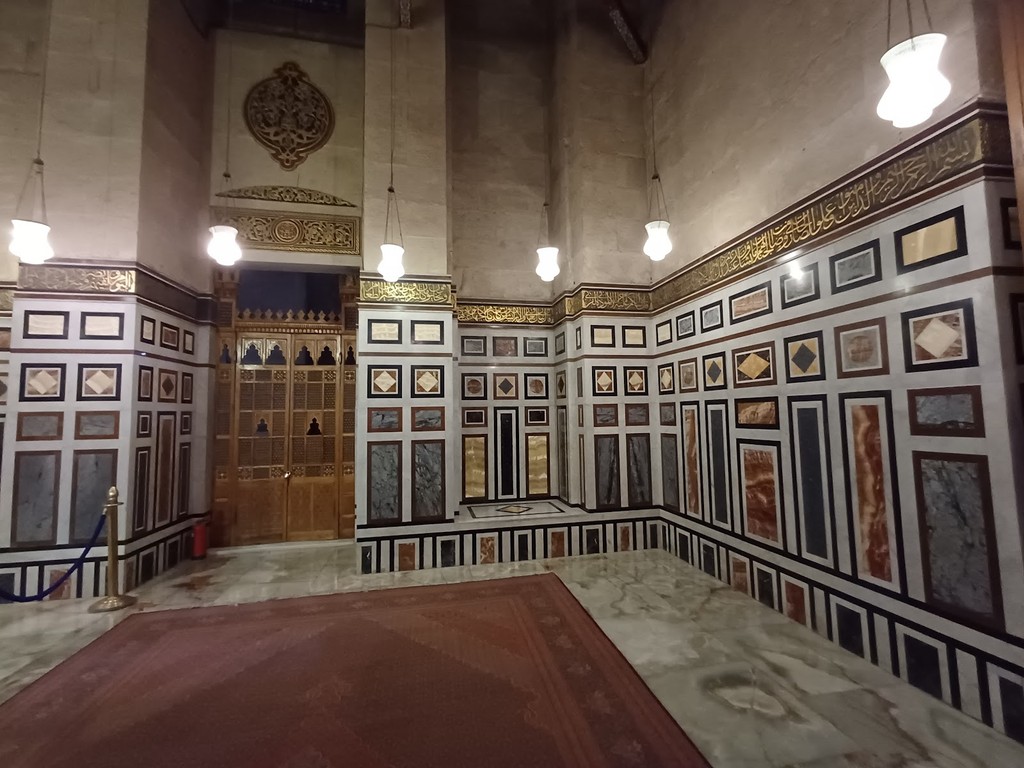
Al-Rifa'i Mosque (Source: Google Maps)
Al-Rifa'i Mosque, located in Cairo, is a striking example of modern Islamic architecture, completed in 1912. It was built to honor the memory of Sheikh Al-Rifa'i and is notable for its impressive dome and minarets that rise majestically against the Cairo skyline. The mosque is unique in that it houses the tombs of several members of the Egyptian royal family, including King Farouk, the last king of Egypt. This connection adds a layer of historical significance to the mosque, making it a site of pilgrimage for many. The interior is adorned with intricate tile work, beautiful chandeliers, and calligraphic inscriptions, reflecting the artistry of Islamic design. Al-Rifa'i Mosque stands adjacent to the Sultan Hassan Mosque, creating a magnificent architectural ensemble that represents the richness of Islamic heritage in Egypt.
Sultan Hassan Mosque
Discover the architectural grandeur of the Sultan Hassan Mosque, a masterpiece of Islamic architecture from the 14th century, located near the Citadel.
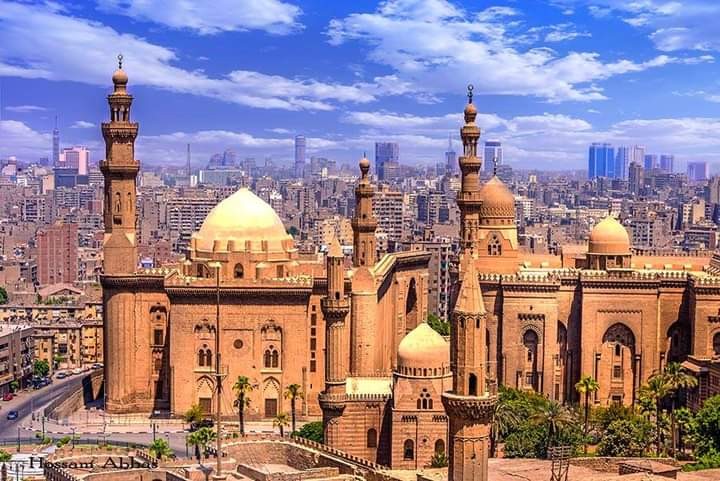
Sultan Hassan Mosque (Source: Google Maps)
The Sultan Hassan Mosque, built in the 14th century during the reign of Sultan Hassan, is a masterpiece of Islamic architecture and one of the largest mosques in Cairo. Its grand entrance features an impressive façade adorned with intricate stone carvings, and the mosque is renowned for its stunning minaret, which reaches a height of 68 meters. The mosque's design incorporates various architectural elements, including a vast prayer hall, elaborate domes, and beautifully tiled courtyards. It is often regarded as a pinnacle of Mamluk architecture, showcasing the artistic and cultural achievements of the era. The mosque also served as a madrasa, providing education in Islamic theology and law. Its historical significance extends beyond its architectural beauty; it represents the intellectual and spiritual life of Cairo during the Mamluk period and continues to be a place of worship and reflection for many.
The Citadel of Saladin
Explore the historic Citadel of Saladin, an iconic fortress offering panoramic views of Cairo and home to the beautiful Muhammad Ali Mosque.
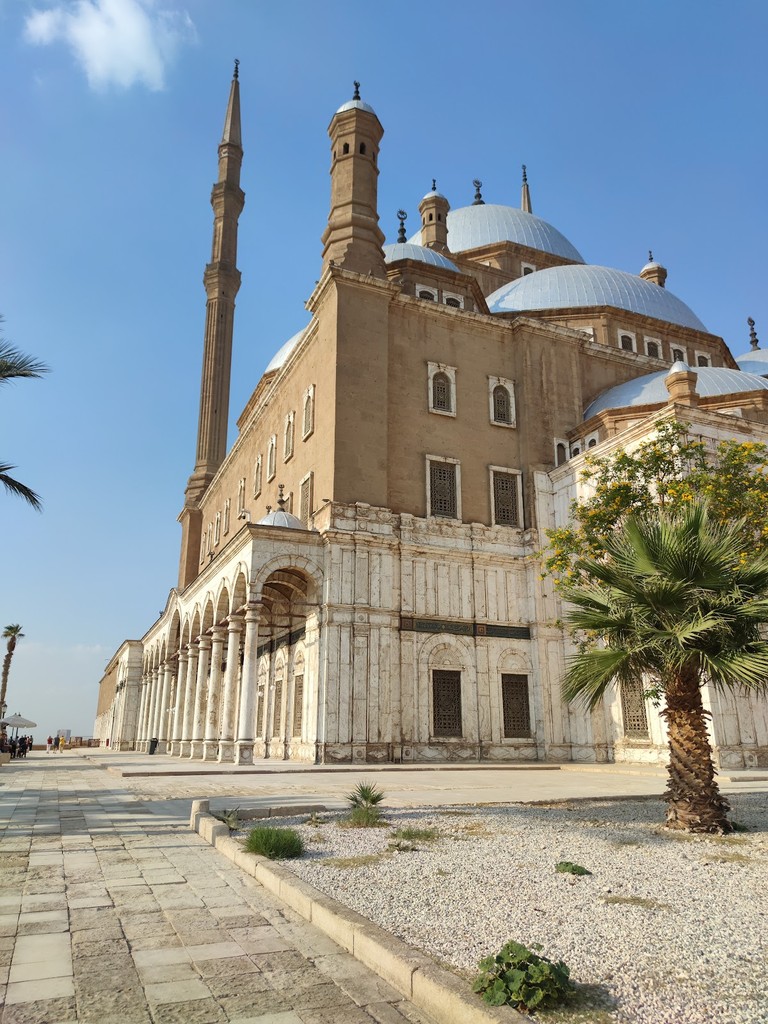
The Citadel of Saladin (Source: Google Maps)
The Citadel of Saladin, also known as the Citadel of Cairo, is a historic fortress built in the 12th century by the famous Muslim leader Saladin. It was constructed to protect the city from Crusader invasions and served as the seat of government for many centuries. The citadel is strategically located on a hill, offering panoramic views of Cairo and the surrounding area. Within its walls, visitors can explore several important structures, including the Muhammad Ali Mosque, which is a prominent feature of the citadel's skyline. The mosque, built in the 19th century, showcases a blend of Ottoman and Mamluk architectural styles, characterized by its large dome and tall minarets. The citadel is not only a military stronghold but also a symbol of Egypt's rich history, reflecting the architectural and cultural legacy of the Islamic period. Today, it stands as a UNESCO World Heritage Site, attracting visitors who wish to delve into the history and heritage of Cairo.

Your travels, your rules.
Create your own Free Walking Tours.
Set your preferences, distances and anything you want to do or see.
Completely free, no payment required.